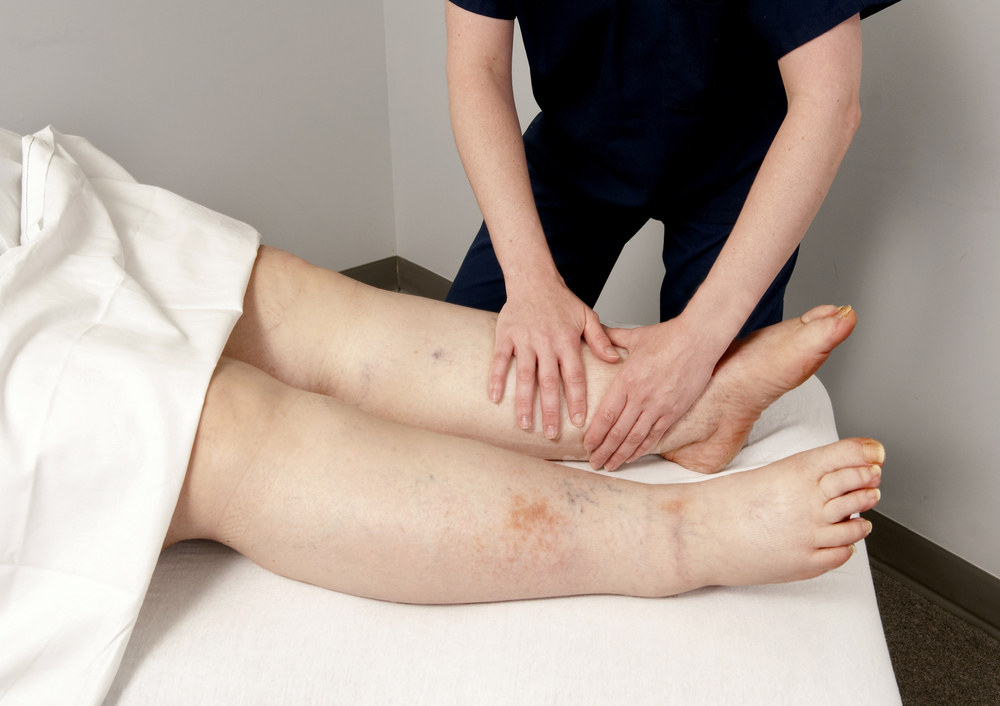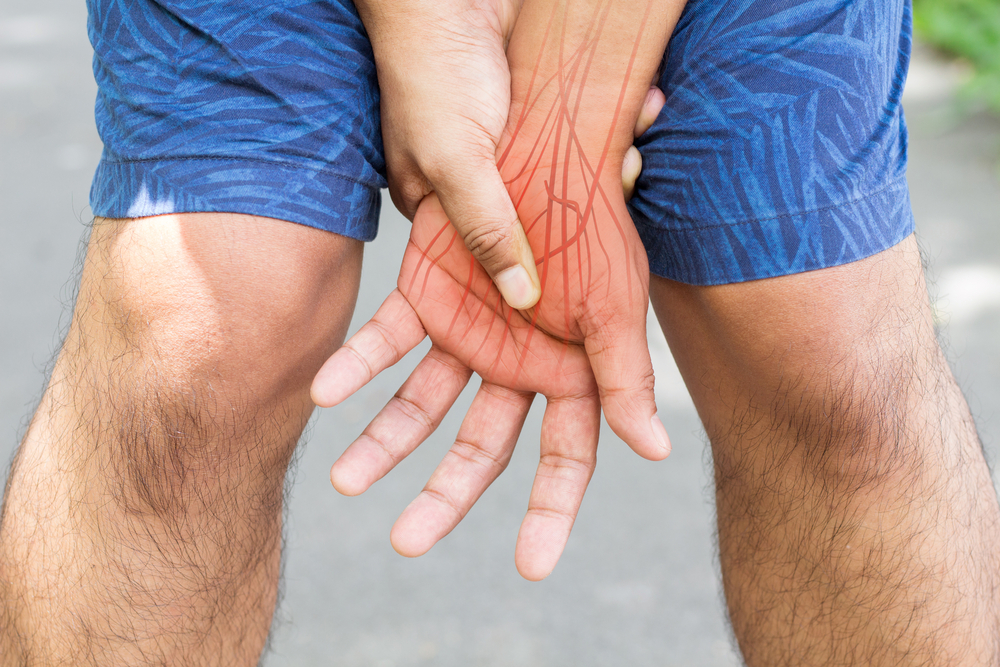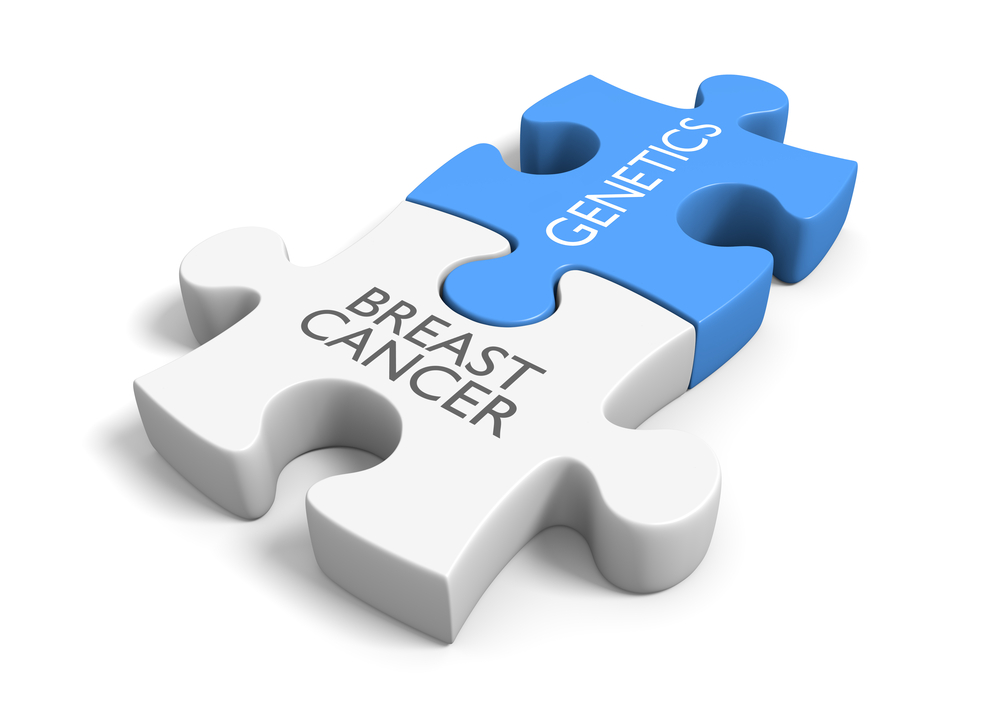- Lymphedema can develop even years after surgery.
- Lymphedema may start out as minor swelling but can soon become debilitating.
- You don’t have to have had major surgery to develop lymphedema.
- Manual Lymphatic Drainage is a safe, non-invasive approach to treat lymphedema.
Breast cancer and it’s associated treatments are challenging enough without having to worry about painful and sometimes debilitating complications.
If you’ve had surgery or radiation therapy to treat your breast cancer, you might notice some puffiness in your underarm area, arms, or hands. This may not seem like much at first– just some swelling as your body heals – but it could be a sign of a serious condition known as lymphedema.
Thankfully, there are a variety of treatments for lymphedema. One in particular, Manual Lymphatic Drainage (MLD), has received both criticism and acclaim from the medical and scientific communities over the years.
In this article we will explore the lymphatic system, how lymphedema affects the body, and whether MLD makes for an effective solution.
The Lymphatic System: Lesser Known but No Less Essential
Most of us have at least a rudimentary understanding of the circulatory system going back to our grade school days. But what do we really remember about the lymphatic system? That those pouches that swell up on either side of our throat when we’re sick are called lymph nodes? Lymph carries white blood cells — the armed guards of our anatomy.
Introducing Lymph
Let’s take this one step at a time. You’ve probably heard that your body is mostly comprised of water, but you may not be clear about where all that water is located. Most of it is inside our cells. However, there’s also water in our blood, urine, and the fluid that surrounds our cells.
The latter is known as interstitial fluid and it forms an essential link between the blood stream and the tissues in our body. Because the fluid envelopes these tissues, it can sometimes become contaminated with toxins, like bacteria.
This fluid is regularly absorbed into lymph vessels, and once inside the vessels, it becomes known as lymph.
Lymph Movement
Newly absorbed lymph is pushed through the lymph vessels to the lymph nodes. While there, the lymph is cleansed using a type of white blood cell called a lymphocyte. From the lymph nodes, the lymph goes to lymph ducts that release the lymph into the bloodstream.
The lymph’s journey doesn’t stop there though. Eventually, the lymph seeps out of the bloodstream and becomes interstitial fluid again.
The Purpose of the Lymphatic System
Why does lymph constantly go through this cycle? The main purpose of the lymphatic system is to transport white blood cells throughout the body. It’s an essential part of the immune system.
When something interrupts this process, the consequences can be severe. As you learn more about lymphedema, remember that it might only feel like a little swelling, but it’s actually preventing your body from effectively doing one of its most important jobs – fighting off infections.
Understanding Lymphedema: Why You Need to Act Fast
Earlier we talked about breast cancer treatments as precursors to lymphedema. It’s true that breast cancer treatment is the leading cause of lymphedema in the United States. However, other people could still be at risk.
Any surgery where a lymph node is removed can have as much as a 25% chance of resulting in lymphedema. The condition can also be caused by infections or injuries that affect a lymph node, or even from cancer itself.
Lymphedema is essentially a blockage. Fluid (lymph) builds up in a certain part of the body because damage to or removal of a lymph node is preventing the lymphatic system from working properly. It may not sound like much, but if left untreated lymphedema can be devastating.
The Stages of Lymphedema
Lymphedema occurs in four stages. Each of these stages is characterized by new symptoms and may require unique treatments.
- Stage 0 – The condition is rarely identified at this stage. However, if you’re paying close attention you may be able to get the condition diagnosed early. The primary symptom here is a heavy feeling near the site of the damaged or removed lymph node. If there is any swelling at this point, it’s extremely mild.
- Stage 1 – Swelling should be evident at this point. Hands or feet may appear puffy as the fluid settles toward the extremities. At this stage, swelling is often alleviated by elevating the area (putting your feet up or raising your arm). However, this is not a treatment. The swelling will return.
- Stage 2 – The swelling has gotten worse and no longer responds to changes in elevation. Scar tissue is forming under the skin and the tissue may be thickening from the fluid. This scar formation leads to thicker, firmer skin. This skin is also extremely soft and bounces back easily from impressions made by your finger (almost like a sponge).
- Stage 3 – The swelling may be debilitating. It will have ballooned your limb out of shape. Blisters may form to capture excess fluid that is seeping through the skin (like an overly wet sponge). Infections are very common at this stage.
It’s important to note that this won’t necessarily begin immediately after the inciting event. Lymphedema may take days, weeks, months, or more to develop.
Enter Manual Lymphatic Drainage
Dr. Emil Vodder and Dr. Estrid Vodder were a husband-wife medical team from Denmark who practiced in the early 20th century. At the time, the lymphatic system was poorly understood, but the Vodders were inspired to examine it more closely after observing the swollen lymph nodes in people with colds.
They would eventually invent Manual Lymphatic Drainage, also known as Lymphatic Drainage Massage, Lymphatic Massage, or simply Lymphatic Drainage. Although these days the method is used primarily to treat lymphedema, their techniques continue to be taught unchanged and have set the standard for the practice.
In fact, the Dr. Vodder Society for Manual Lymph Drainage, established in 1967 by Dr. Emil Vodder, continues to educate medical professionals interested in learning the classic and most elaborate form of the practice.
Of course, there are some variations on these practices around today. Further understanding of the lymphatic system has inspired some to improve upon the original methods. However, the Vodder method remains the most widely utilized. When we talk about MLD in this article, we’ll be referring to this standard.
How Manual Lymphatic Drainage Works
Put simply, MLD seeks to encourage the natural movement of the lymph through the lymphatic system. It focuses on the areas harboring excess fluid and attempts to stimulate lymph flow.
Flow is stimulated using a handful of different hand movements. Each of these movements work in two main phases. The working phase, also called the clearing phase, focuses on applying gentle pressure to the area, stretching it and encouraging movement. This is followed by the resting, or reabsorption, phase. The site settles and ideally absorbs more lymph, draining the area of excess fluid.
These movements are slow and repetitive and can take quite a while. In fact, if you see a physical therapist, massage therapist, or other professional licensed in MLD, you could be looking at a session lasting anywhere from 45 minutes to an hour.
Add to that the fact that you’re likely to need multiple sessions a week for several weeks and that MLD may feel daunting. But it’s essential that you and your masseuse take your time as your body is encouraged to reabsorb the fluid and reintroduce it to the lymphatic system. Luckily, the process is pain free and may even feel enjoyable.
At Home MLD
There are websites that will instruct you in the proper methods for applying your own MLD at home. However, it’s best to consult a medical professional before attempting any self-massage.
Many doctors, nurses, physical therapists, and others have obtained MLD licenses and can show you the best massage techniques for at-home application. Better, schedule some appointments and let the professionals handle the massage for the best results.
What the Research Has to Say
Admittedly, researchers have been mixed on the effectiveness of MLD when it comes to treating or preventing lymphedema.
Given that breast cancer treatments are the most common cause of lymphedema, most of the research is centered around breast cancer patients. However, it stands to reason that these methods would be equally effective for lymphedema sufferers who developed the condition some other way.
SBU, a Swedish organization tasked with assessing new medical techniques and technology, released a 2005 report that looked at scientific studies of MLD in the treatment of post-mastectomy lymphedema. The report concluded that, when used in conjunction with compression therapy, another method for treating lymphedema, MLD saw positive results. However, SBU also conceded that further research would be necessary.
A more recent study in the Archives of Physical Medicine and Rehabilitation came to a similar conclusion using near-infrared fluorescent imaging to make the positive results of the practice more apparent. The researchers concluded that it was possible to quantify the benefits of MLD when treating lymphedema.
A 2012 study published in the University of Arizona journal Lymphology sought to assess the effectiveness of MLD in preventing post-mastectomy lymphedema as opposed to treating it. The study examined 67 women between the ages of 34 and 81 and accounted for confounding factors like the type of breast surgery performed and the number of lymph nodes removed.
The researchers concluded that MLD was effective in preventing lymphedema regardless of these factors. This study corroborated a 2010 study in the British Medical Journal that came to a roughly similar conclusion.
Despite the evidence supporting MLD as a viable option for preventing and treating lymphedema in breast cancer patients, some researchers remain skeptical. A 2013 report in the World Journal of Surgical Oncology analyzed random trials regarding the treatment. It concluded that MLD was not proven effective in either preventing or treating lymphedema in breast cancer patients.
The Consensus on MLD: Should You Try It?
Although some research suggests that the practice may not be effective, there are no documented risks for the otherwise healthy patient.
Some patients have reported feeling sick or disoriented after a treatment. However, side effects are generally few to none.
There are some conditions that would rule out the possibility of MLD. Patients who currently have blood clots or are at a high risk of developing them should avoid MLD. So too should patients with a high risk of heart disease, active congestive heart failure, and infections of any kind. Finally, there’s some concern that MLD may encourage cancer cells to spread throughout the body in patients who actively have cancer.
But don’t be alarmed. MLD is still very safe. This is just all the more reason to consult professionals about the practice instead of attempting it yourself. If you are about to undergo surgery that could put your at risk of developing lymphedema, talk to your doctor about what to expect and what they’re recommendations would be.









